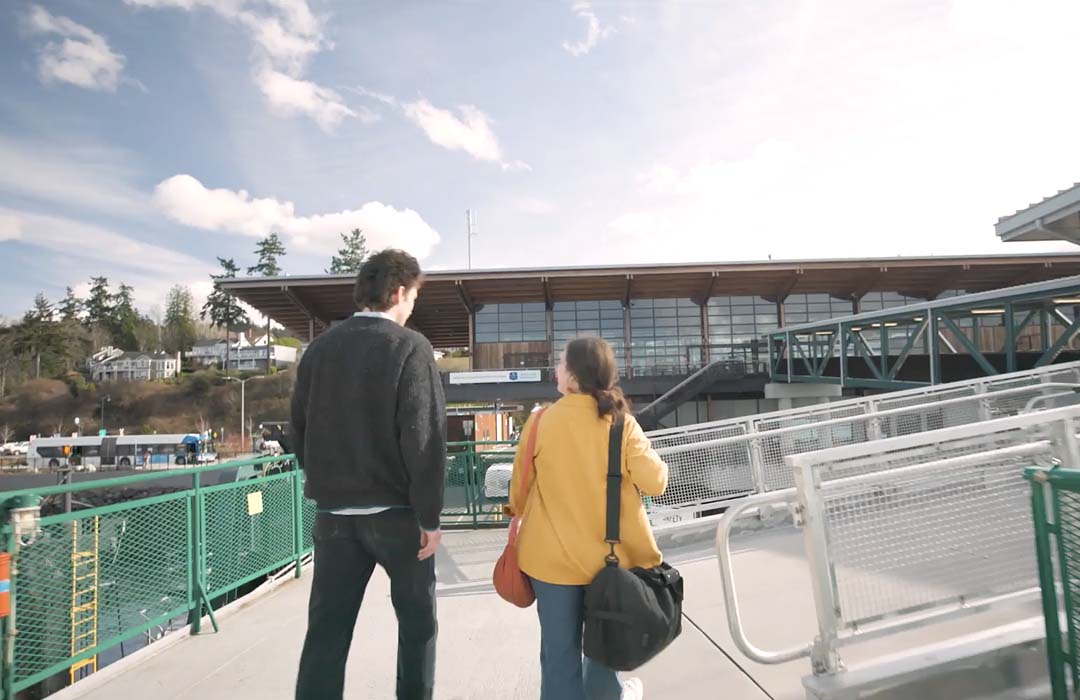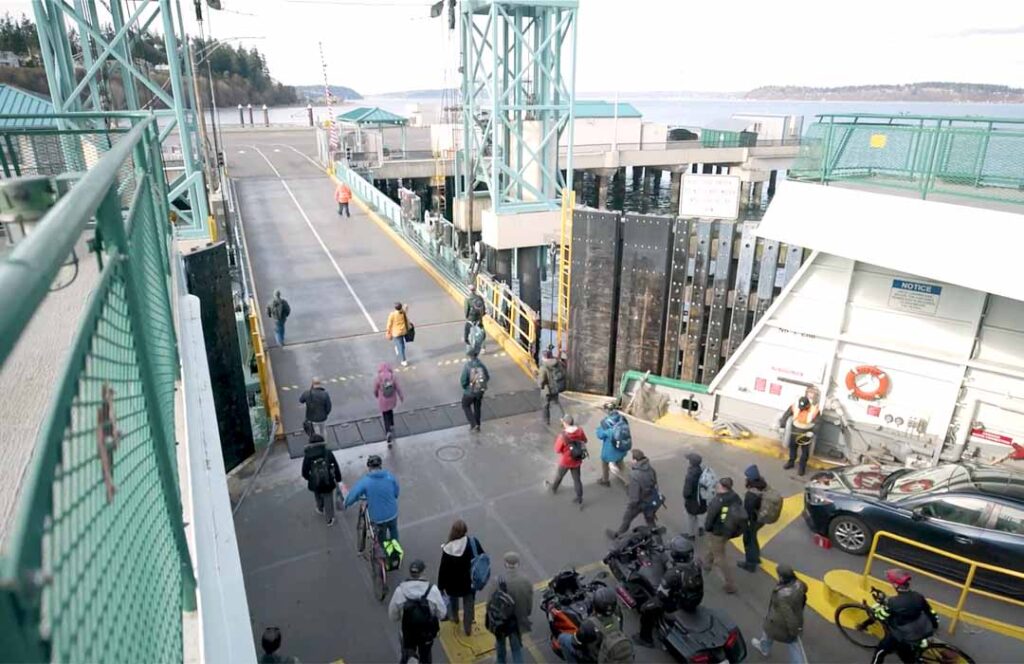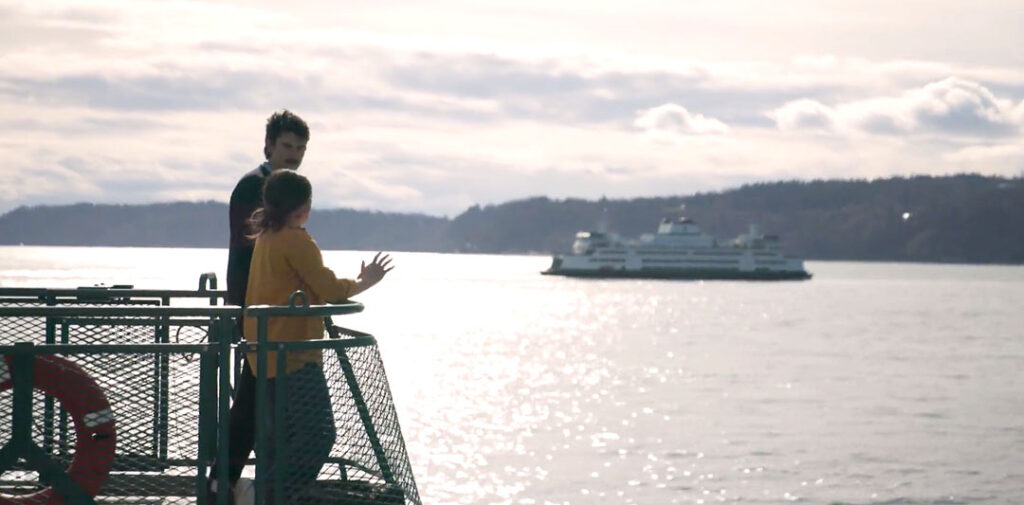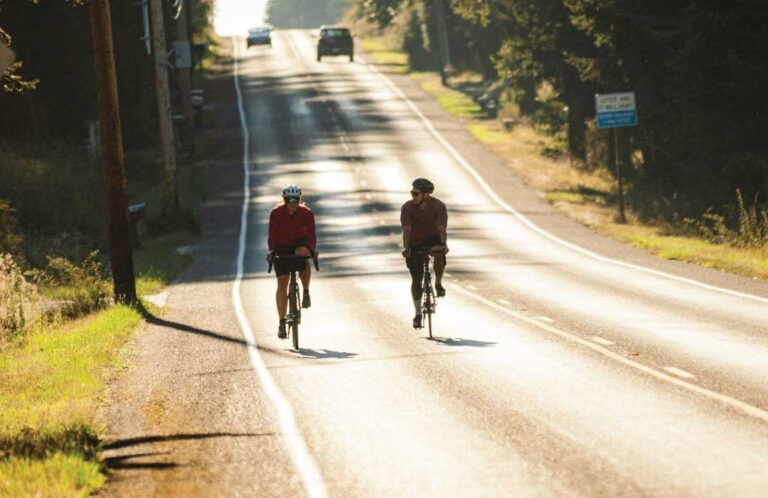
Watching the new Bob Dylan movie the other night, I was struck by the lyrics in The Times They Are a-Changin’. Change is happening right now—at the Clinton Ferry Dock, of all places. More people are opting to walk or take the bus instead of sitting in their cars. What was once the routine of hardcore commuters is now embraced by everyday Islanders and even tourists from what we fondly call “America.”
But why now?
For decades, ferries have functioned as floating bridges, shuttling 3,000-pound cars back and forth. The only real change has been the ever-growing lines of vehicles waiting to board. But have we finally hit a tipping point?

The Rise of Walk-On Riders
According to Washington State Ferries (WSF), foot traffic on the Clinton run increased by 9.4% from 2023-2024. Sure, Island Transit has long provided free bus service to the dock, but the real game-changer is the #117. This Snohomish Community Transit bus connects the Mukilteo terminal to the Lynnwood Transit Center, where light rail trains run every 12 minutes all the way past SeaTac Airport.
This ferry-bus-light rail combo debuted last August and didn’t go unnoticed. Seventy-two Islanders celebrated by marching with signs reading, “You might think you’re in heaven, but it’s just the 1-1-7,” while local musicians played Dylan’s song about changing times.
For many seniors, this new route is a bargain: roundtrip ferry and bus fare is under $3.50, and the journey from Clinton to Lynnwood takes just 70 minutes—only 20 more to reach downtown Seattle.
Ferries Going Green
Even bigger changes are ahead. Right now, ferries are Washington’s largest greenhouse gas emitter, burning 19 million gallons of diesel annually. But they, too, are evolving. Over the coming years, WSF will replace retiring boats with hybrid-electric ferries that charge at the dock, slashing emissions by 95%—the equivalent of removing 42,000 cars from the road each year.

A New Way to Tour the Islands?
Beyond environmental benefits, this shift could boost tourism. Visitors don’t want to spend their day crawling through ferry lines only to pay a $20+ fare each way. If a powerful entity or visionary could establish parking on the mainland near the ferries or run a shuttle service, we might attract adventurous tourists seeking a car-free experience.
Far-fetched? Maybe. But Seattle just hit a record 20% carless households. The times, indeed, are changing.






